A perennial garden offers the allure of effortless beauty, providing year-round interest and color with minimal maintenance. By selecting the right plants and designing a thoughtful layout, you can create a perennial garden that thrives with little care while enhancing the beauty of your landscape. In this guide, we’ll explore the benefits of perennial gardens, essential tips for designing and establishing a low-maintenance perennial garden, and top-performing perennial plants to consider for your landscape.
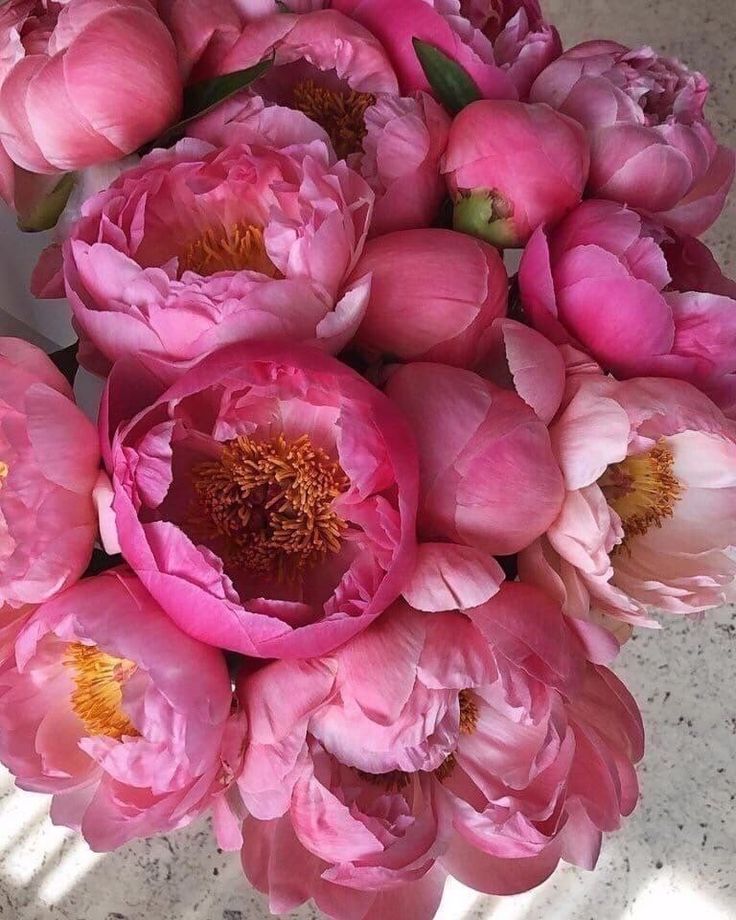
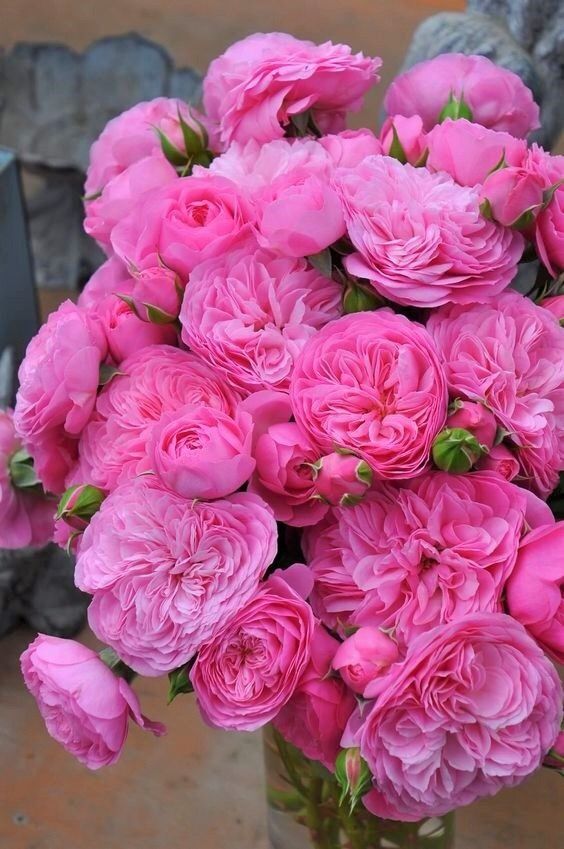
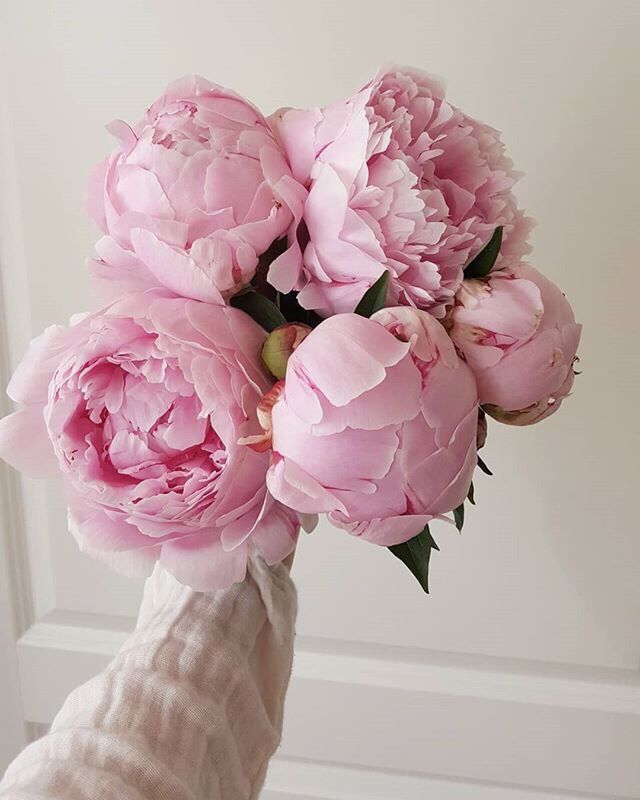
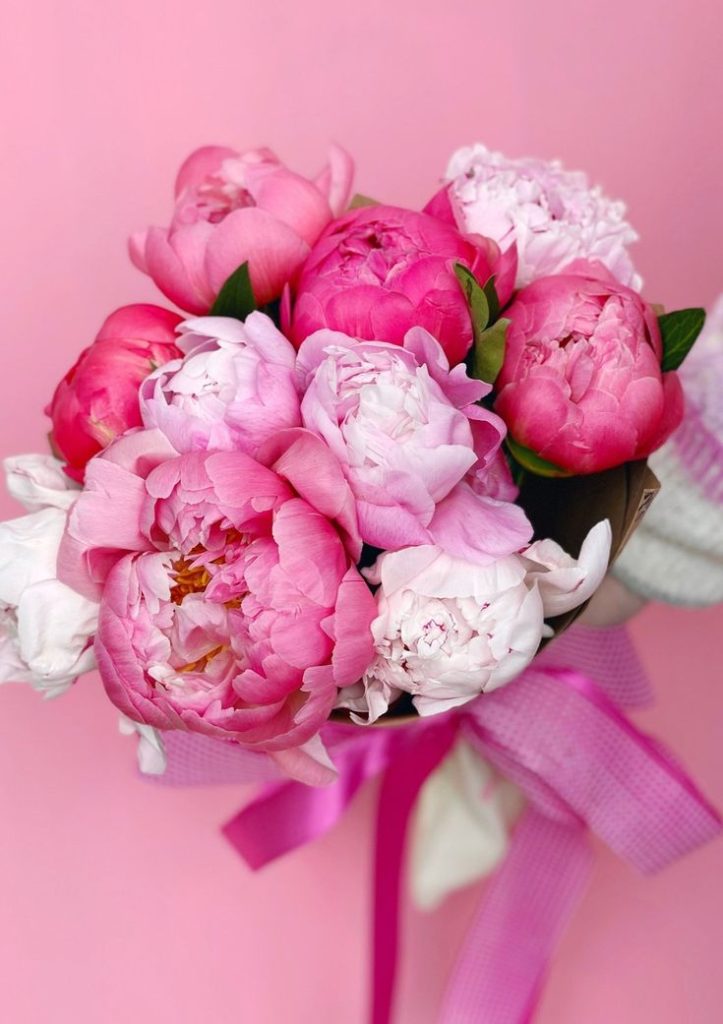
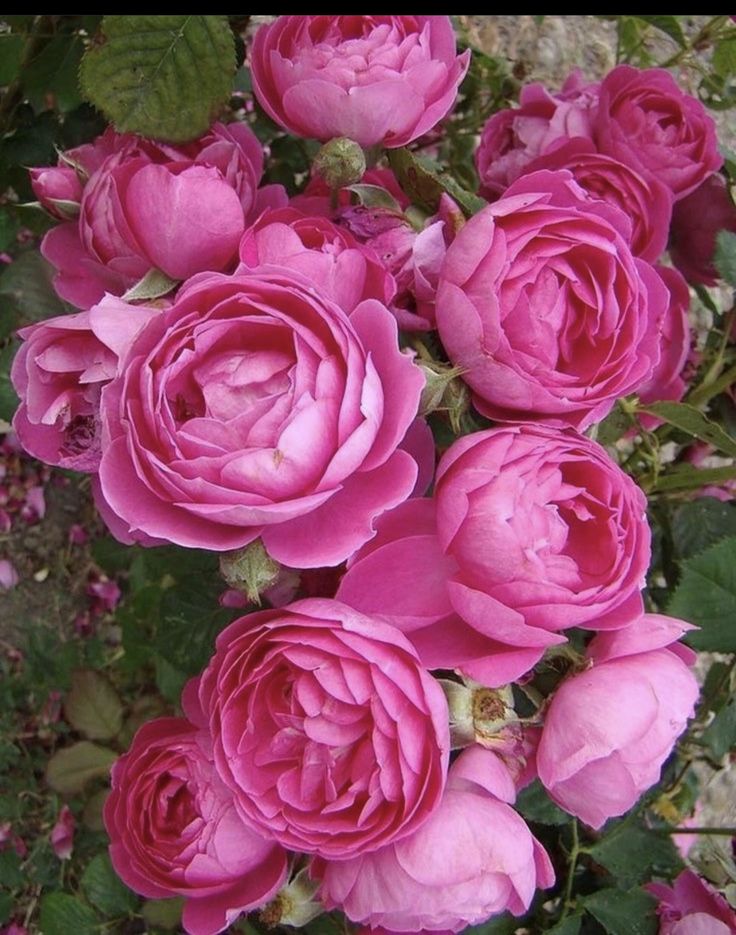
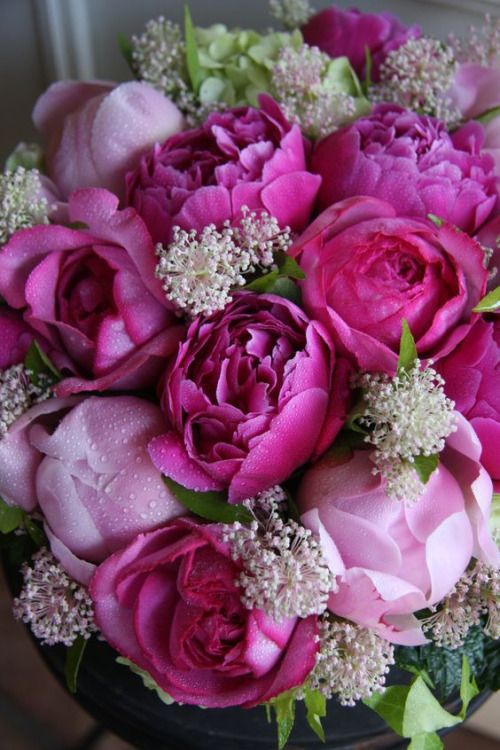
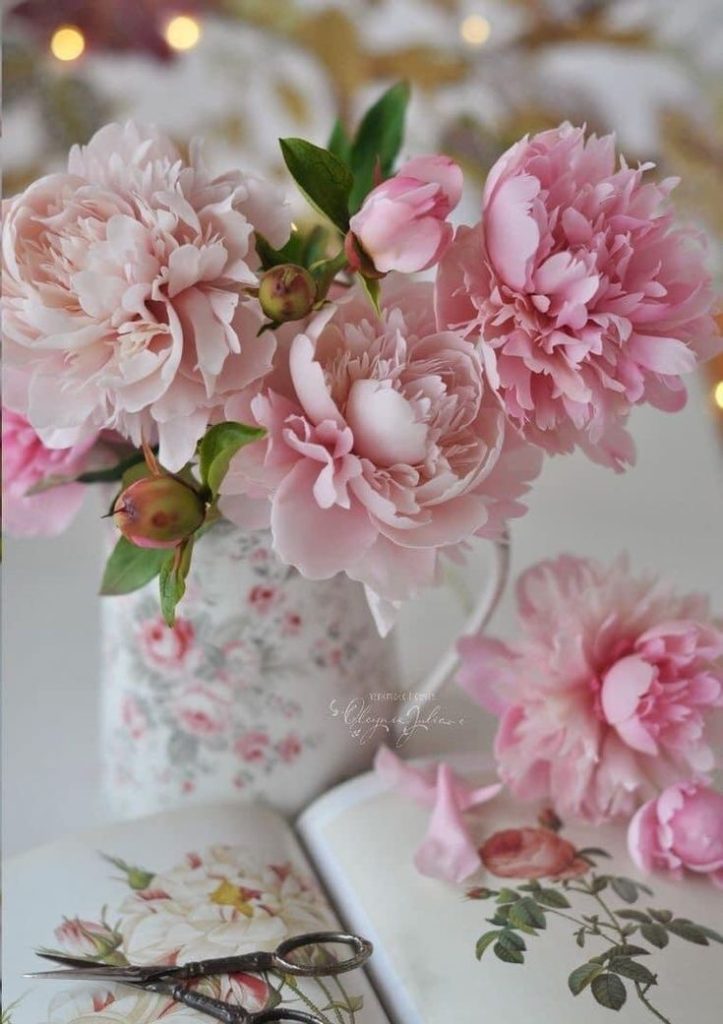
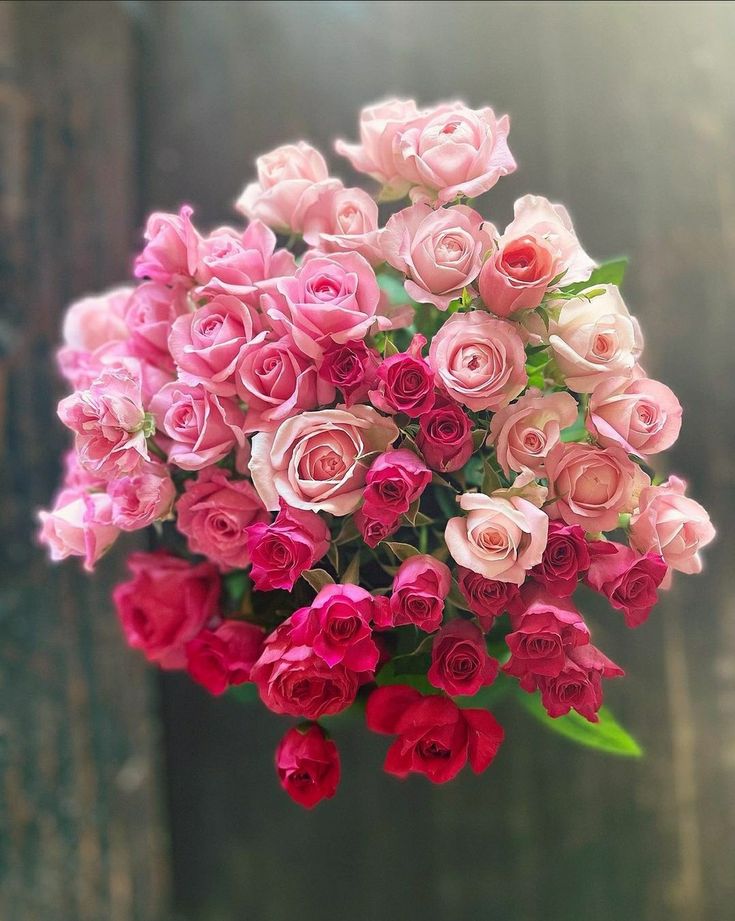
Benefits of Perennial Gardens for Low-Maintenance Landscaping
Perennial gardens offer several advantages for low-maintenance landscaping:
- Year-Round Beauty: Perennial plants return year after year, providing continuous blooms, foliage, and interest throughout the seasons. By selecting a diverse array of perennial plants with varying bloom times and textures, you can enjoy a garden that evolves and changes with the seasons, offering something new to discover year-round.
- Minimal Maintenance: Perennial plants are generally low-maintenance, requiring less care and attention than annuals or biennials. Once established, perennial gardens require minimal watering, fertilizing, and pruning, allowing you to spend less time on maintenance tasks and more time enjoying your garden.
- Cost-Effective: While perennial plants may require an initial investment, they offer long-term value and cost savings compared to annual plants, which must be replanted each year. By investing in perennial plants that return year after year, you can create a sustainable and cost-effective garden that brings beauty and enjoyment for years to come.
- Eco-Friendly: Perennial gardens are environmentally friendly, providing habitat and food for pollinators, beneficial insects, and wildlife. By selecting native and pollinator-friendly perennial plants, you can attract bees, butterflies, and birds to your garden, promoting biodiversity and ecosystem health.
Tips for Designing a Low-Maintenance Perennial Garden
Follow these essential tips for designing and establishing a low-maintenance perennial garden:
- Choose the Right Plants: Select perennial plants that are well-suited to your climate, soil type, and growing conditions. Choose plants known for their durability, disease resistance, and low-maintenance characteristics, such as drought-tolerant, disease-resistant, and deer-resistant varieties.
- Plan for Year-Round Interest: Design your perennial garden to provide interest and color throughout the seasons. Choose plants with varying bloom times, foliage colors, and textures to create a dynamic and ever-changing landscape that offers something to enjoy year-round.
- Consider Maintenance Needs: Choose perennial plants with minimal maintenance requirements, such as low-water, low-fertilizer, and pest-resistant varieties. Avoid plants that require frequent deadheading, staking, or dividing, as these tasks can increase maintenance demands and detract from the garden’s low-maintenance appeal.
- Group Plants Strategically: Group perennial plants with similar cultural requirements together to create microclimates and optimize growing conditions. Arrange plants in drifts or clusters to create visual impact and reduce the need for mulching, weeding, and watering between plants.
- Mulch and Weed Control: Apply a layer of organic mulch, such as shredded bark, wood chips, or compost, to suppress weeds, conserve soil moisture, and regulate soil temperature. Mulching reduces the need for frequent weeding and watering, while improving soil health and fertility over time.
- Water Wisely: Choose drought-tolerant perennial plants that require minimal watering once established. Water deeply and infrequently to encourage deep root growth and drought resistance, and use drip irrigation or soaker hoses to deliver water directly to the root zone while minimizing water waste.
- Prune and Deadhead Regularly: Deadhead spent flowers and prune dead or damaged foliage regularly to promote healthy growth and prolong blooming. Remove weeds, debris, and fallen leaves promptly to prevent disease, pests, and weed infestations, and maintain a tidy and well-groomed appearance.
Top-Performing Perennial Plants for Low-Maintenance Gardens
Consider incorporating the following top-performing perennial plants into your low-maintenance garden:
- Lavender (Lavandula spp.): Known for its fragrant blooms and aromatic foliage, lavender is a drought-tolerant perennial that thrives in sunny, well-drained locations.
- Sedum (Sedum spp.): Also known as stonecrop, sedum is a hardy succulent that offers colorful foliage and late-season blooms, attracting pollinators to the garden.
- Black-Eyed Susan (Rudbeckia spp.): With its cheerful yellow flowers and long bloom period, black-eyed Susan is a reliable perennial that adds vibrant color to the garden.
- Coneflower (Echinacea spp.): Coneflowers are drought-tolerant perennials with showy flowers that attract pollinators and provide food for birds in the garden.
- Russian Sage (Perovskia atriplicifolia): Russian sage is a drought-tolerant perennial with silvery foliage and lavender-blue flowers that add texture and color to the garden.
- Daylily (Hemerocallis spp.): Daylilies are hardy perennials with colorful blooms that come in a variety of shapes, sizes, and colors, offering long-lasting beauty with minimal care.
Conclusion
Establishing a perennial garden for low-maintenance landscaping is a rewarding and sustainable way to enhance the beauty of your outdoor space while minimizing maintenance demands. By choosing the right plants, designing thoughtfully, and following best practices for care and maintenance, you can create a perennial garden that thrives with minimal effort and provides year-round beauty and interest. Whether you’re a novice gardener looking to create a fuss-free landscape or an experienced gardener seeking to simplify your gardening routine, a low-maintenance perennial garden offers timeless beauty, effortless elegance, and lasting enjoyment for years to come.





